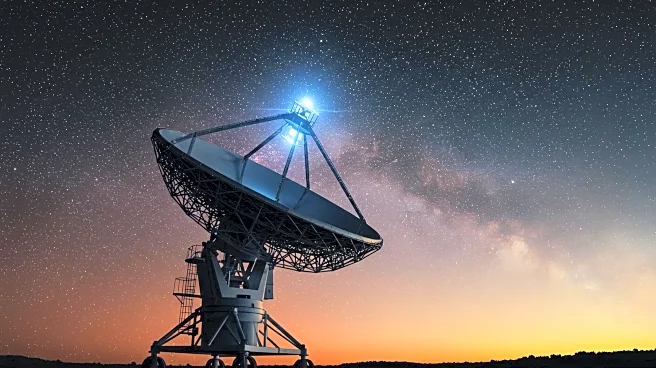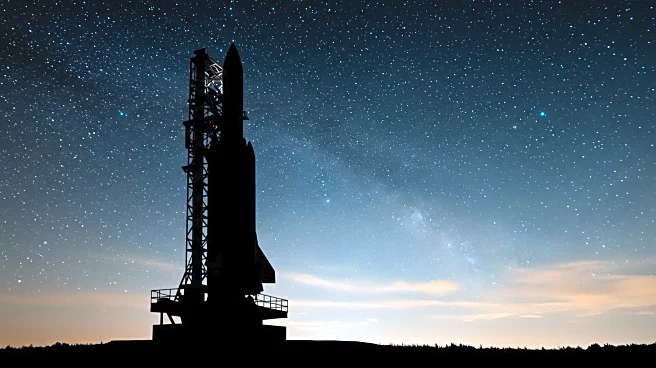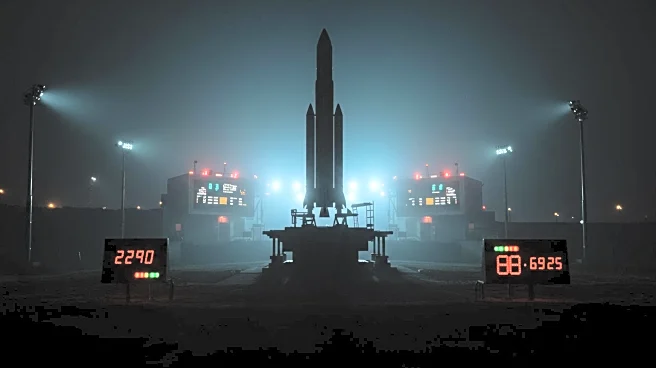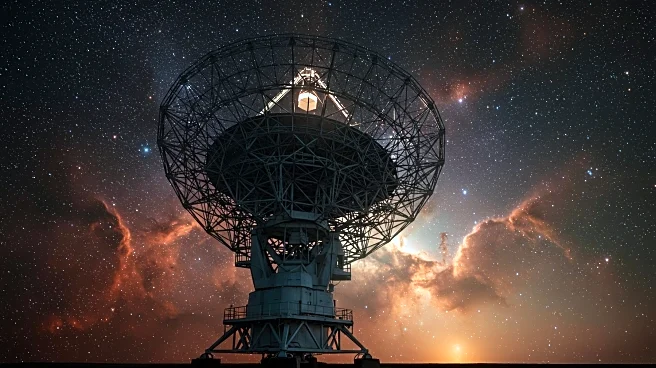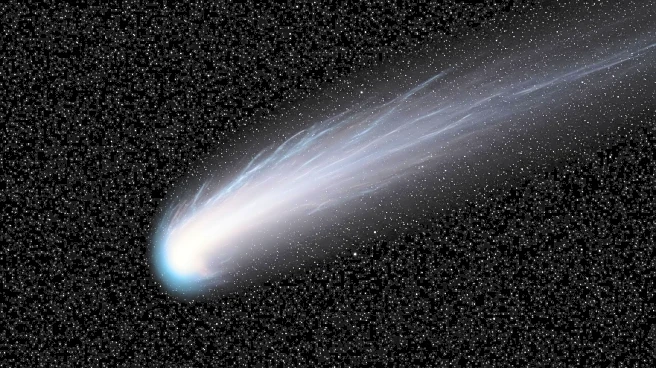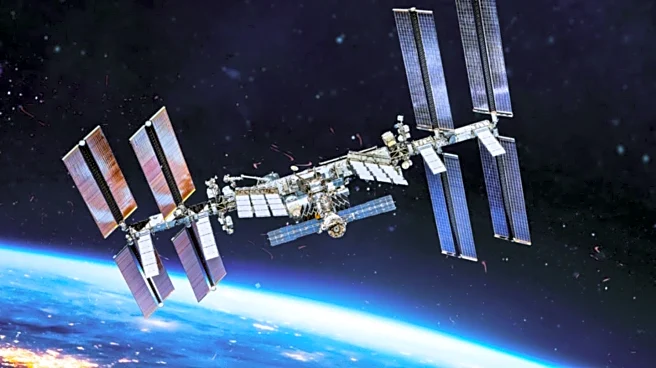Rapid Read • 7 min read
The Atacama Large Millimeter/submillimeter Array (ALMA) in the Atacama desert is enhancing its observational capabilities by rearranging its radio dishes. These dishes, weighing up to 100 tons, are moved using specialized transporters named Otto and Lore, which weigh 135 tons each. These transporters are equipped with custom brakes and accelerators to ensure smooth movement and are capable of positioning the antennas with millimetric precision. The transporters can be remotely operated and are designed to function at high altitudes, with provisions for oxygen tanks near the driver's seat. This capability allows ALMA to maintain continuous data collection while repositioning its dishes.
AD
ALMA's ability to rearrange its radio dishes provides a significant advantage in astronomical research. By altering the configuration of its dishes, ALMA can optimize its observations of cosmic structures at millimeter and sub-millimeter wavelengths. This flexibility is crucial for studying cold and distant phenomena such as protoplanetary disks, molecular clouds, and star-forming regions. The observatory's technological prowess and strategic location make it a key hub for astronomers worldwide, offering insights into the universe that are not possible with fixed dish arrays.
The ongoing ability to reposition dishes will continue to enhance ALMA's research capabilities, allowing for more detailed and varied observations. This adaptability may lead to new discoveries in the field of radio astronomy, furthering our understanding of the cosmos. As ALMA continues to refine its operations, it is likely to attract more international collaborations and funding, solidifying its role as a leader in astronomical research.
The movement of ALMA's dishes highlights the intersection of engineering and astronomy, showcasing how technological advancements can drive scientific discovery. The custom design of the transporters reflects the innovative solutions required to operate in extreme environments, emphasizing the importance of engineering in expanding the frontiers of space exploration.
AD
More Stories You Might Enjoy
